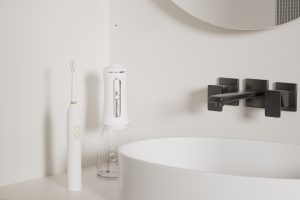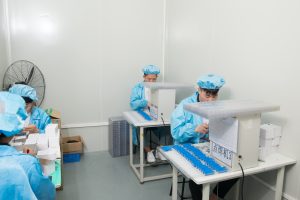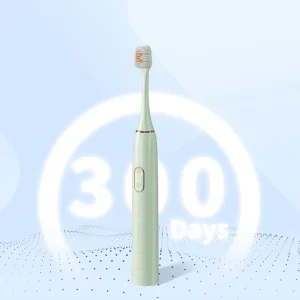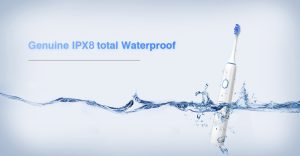In the competitive oral care industry, ensuring product quality is essential for brand reputation and customer satisfaction. A single defect in an oral irrigator can lead to leaks, malfunctions, or even safety hazards, damaging a manufacturer’s credibility. To meet high consumer expectations, manufacturers must implement rigorous quality control procedures. This blog outlines the 5 critical steps in oral irrigator quality control, including essential manufacturer’s quality inspection standards, IPX7 waterproof testing, and aging tests, to ensure zero defects in production.
Raw Material and Component Inspection: The First Line of Defense
Quality control begins at the material level. Before production starts, manufacturers must inspect:
Plastic components for durability, heat resistance, and consistency
Electronic circuits and motors for efficiency and safety
Waterproof sealing materials to prevent leaks
Implementing strict manufacturer’s quality inspection standards at this stage prevents defects from affecting later production stages.
Precision Assembly and Structural Integrity Checks
An oral irrigator consists of multiple intricate parts, including water pumps, nozzles, and power circuits. During assembly, manufacturers should ensure:
Seamless component integration to avoid performance issues
Nozzle and water pump alignment for optimal water pressure
Secure sealing and fastening to maintain structural integrity
By incorporating real-time inspection during assembly, manufacturers can detect issues before the product reaches the testing phase.
IPX7 Waterproof Testing: Ensuring Leak-Proof Performance
One of the most critical quality control steps for oral irrigators is IPX7 waterproof testing. This test ensures the product can withstand:
Submersion in water up to 1 meter for 30 minutes without malfunction
Daily exposure to moisture without affecting electrical components
Long-term durability against water damage
Passing the IPX7 waterproof test guarantees that the oral irrigator is safe for bathroom use and prevents water-related failures.
Aging Test: Simulating Long-Term Use for Reliability
The aging test is essential for assessing the long-term durability of oral irrigators. This test involves:
Running the device continuously for extended hours to detect early failures
Exposing components to high and low temperatures to ensure stability
Checking battery life and charging cycles for performance consistency
A well-conducted aging test ensures that each unit maintains its function and quality over time, preventing customer complaints and returns.
Final Quality Inspection and Packaging Verification
Before shipment, every oral irrigator undergoes a final quality check to confirm:
Proper functionality – Water pressure, battery charging, and button response
Aesthetic quality – No scratches, defects, or poor assembly
Packaging integrity – Ensuring safe transportation and product protection
By following strict manufacturer’s quality inspection standards, companies can confidently deliver defect-free oral irrigators to the market.
Looking for a trusted manufacturer with strict quality inspection standards? Contact us today to learn more about our premium oral irrigator production and quality control solutions!https://www.powsmart.com/about-powsmart/



